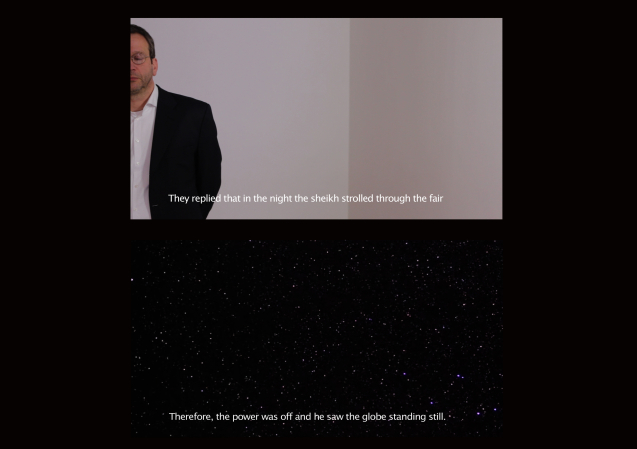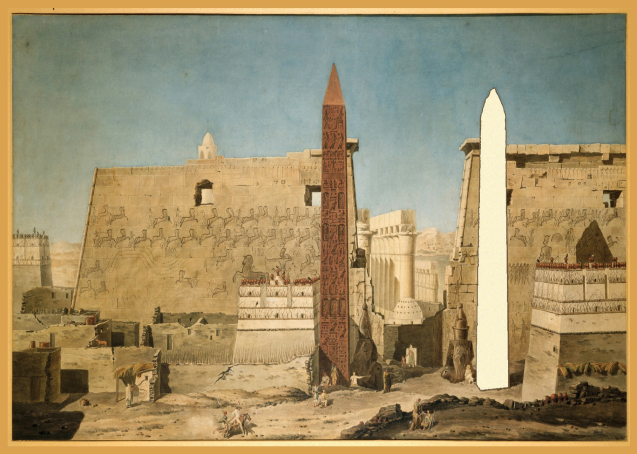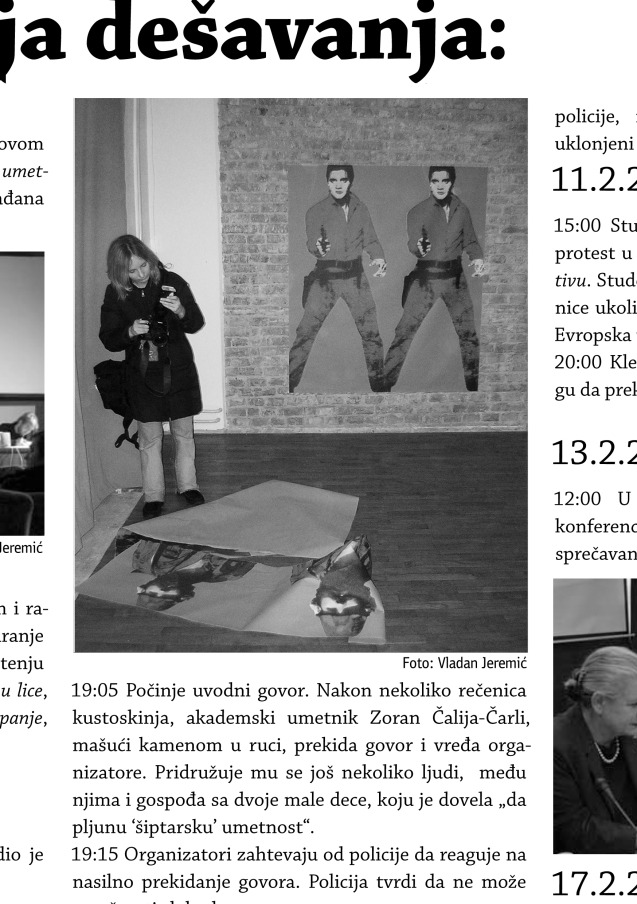A residency program is a place that is quintessentially in-between. Neither fully the polished venue of the gallery nor entirely the private enclave of the studio, it is a liminal place that is often open to the public but still rough around the edges. Often described as a laboratory, the residency program is a place where creative people are given free reign to experiment as they work side-by-side with likeminded individuals. Over the last twelve months, Boris Oicherman, Noa Gur, Leor Grady, Nevet Yitzhak, Guy Pitchon, and curator Rani Lavie met at Artport on a weekly basis, talking, debating, and cooking. All of them were coming from different practices, different interests, and different points of view. The end result of their time together is neither collective nor solitary. They are neighbors, sharing resources and exchanging information as they work not together but alongside one another.
Non Finito presents the results of this neighborly dialogue. Unlike a typical year-end exhibition what is exhibited here is a glimpse into these artists’ working processes and research. Some projects present a new chapter in an ongoing body of work, while others mark the beginning of an entirely new line of research. Idiosyncratic and open-ended, Non Finito invites visitors to sample these works-in-process in proximity and loose dialogue with each other.
Noa Gur explores the limits of recognition and visibility through the cultural and political forces that define their boundaries. She presents two projects that examine these forces in the context of the art world on the one hand and in a national context on the other. A video work tells the story of a night tour in the Art Dubai art fair, and subsequent censorship regarding an exhibition displaying the world map. In a new sculptural work, Gur explores biometric identity as an objective identity that ignores cultural codes that block our visual field.
Guy Pitchon dissembles icons taken from the world of prison tattoos in Russia. These tattoos, which function in prison as an internal language and an informal form of identification, transforms into a new language in the hands of Pitchon. In this case, Pitchon’s scarred flesh is glass–as transparent as the walls of the prison inured to the artist himself–mocking attempts to control while at the same time planning an escape.
Boris Oicherman presents a sculptural element inside the studio in which he worked for the past year, and which he is soon about to leave. The installation...
Read more 





